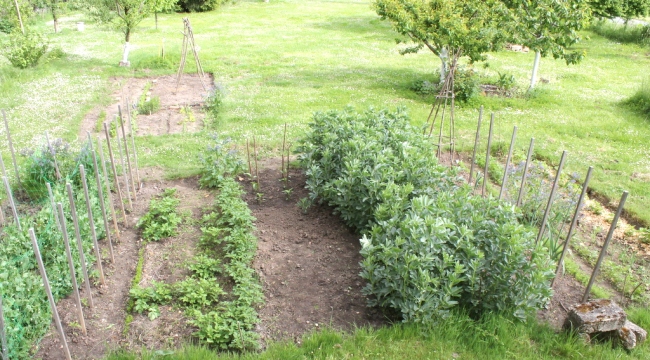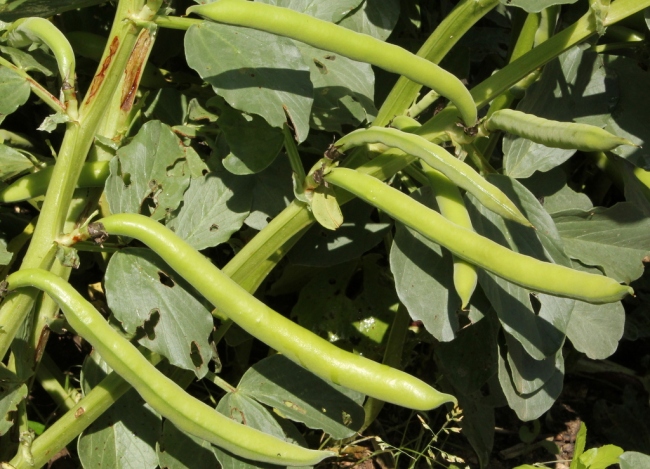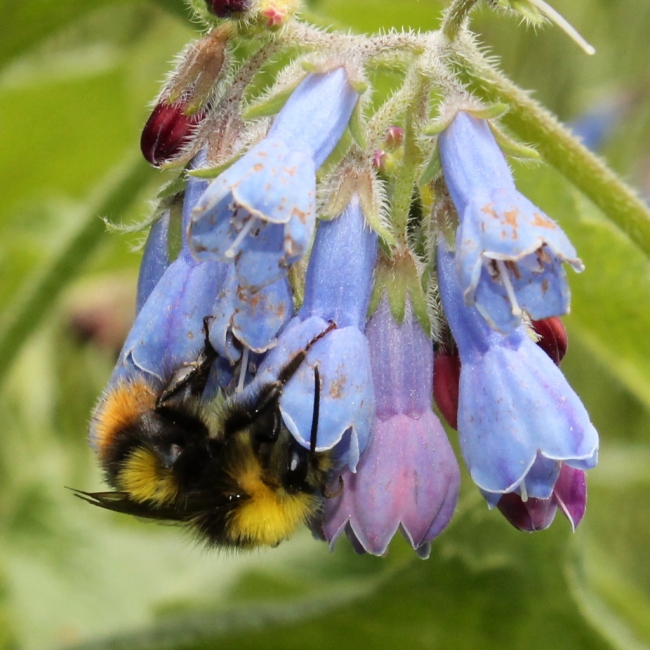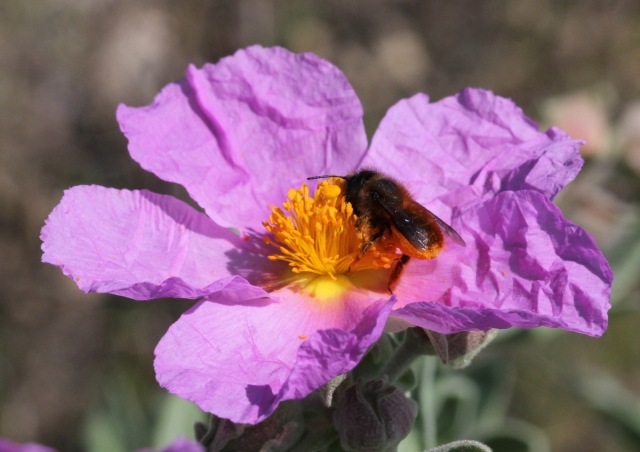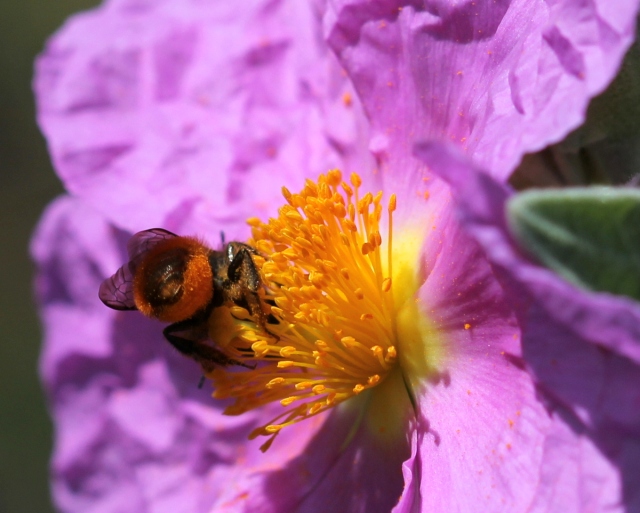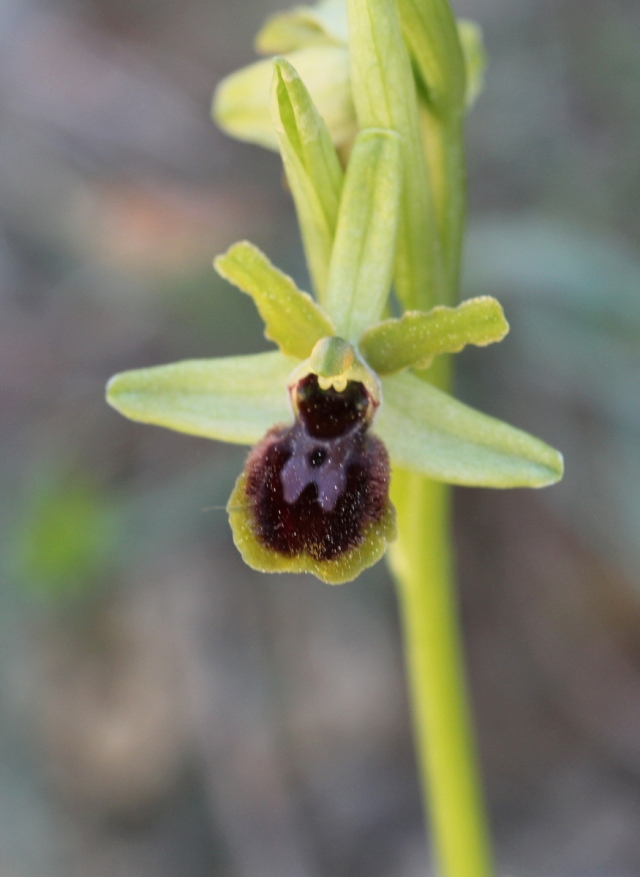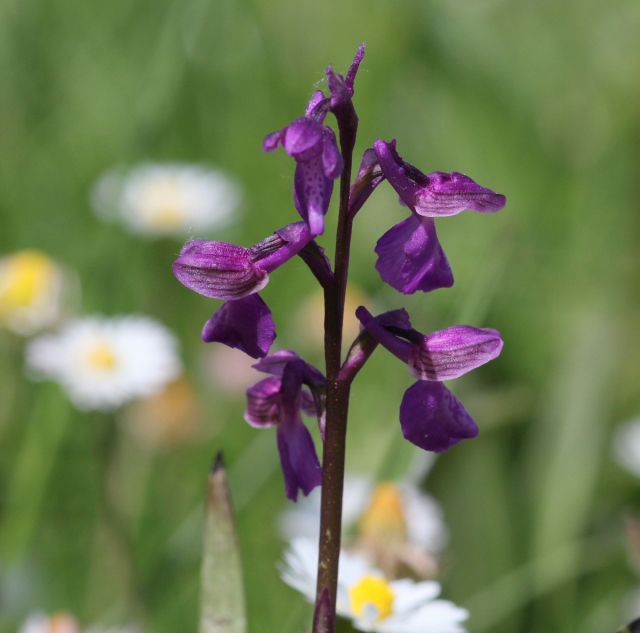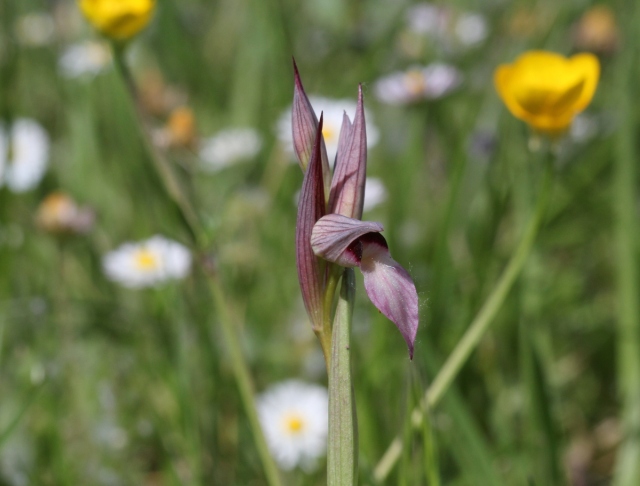Amelia left me in charge of planting the little tomato plants that she had grown from seed. Every time that I thought of planting them my French neighbours warned me that I must wait for les saints de glace to pass. The country folks in most of Europe, especially in this little corner of France still believe firmly in the traditions that must have come through the Middle Ages and maybe beyond.
Special prayers used to be said in all rural churches, to avert a late frost that might damage the crops on Saint Mamert day on the 11th of May, and on Saint Pancrace day on the 12th of May, and also on Saint Servais day on the 13th of May.
I have always respected the local traditions and in addition I don’t want to be taken as a fool by my neighbours. So I waited until this week to finish planting the little seedlings. I will keep my fingered crossed, but may they prosper and may the saints protect them from frost!
So now that the saint ice has passed, I have planted the seedlings. The little tomato plants seem to be doing well next to the peas that are all in flower now.
Our favourite vegetable, the broad beans that we planted last autumn, are now swelling up nicely and should be ready for picking soon. I like cooking a few young beans with their jackets on, and eat them – shell and all – with a little salt and a sprinkling of crushed seeds of the Persian Hogweed, heracleum persicum. This herb grows wild all over Europe. Amelia also cooks a lovely Iranian dish with rice and completely shelled (i.e. minus furry pod and inner bean skin) broad beans and chopped dill. She serves it with roast lamb or roast chicken. It is called baghali polo and that is the king of all rice dishes for me.
Here in France, our neighbours bring raw broad beans on picnics and shell them and eat them with a little butter and salt. I am not exactly keen on that myself, but as they say here: chacun à son goût – each one to their own taste.
One side of the vegetable patch we have a row of mara des bois strawberries, which are now full of flowers and little fruit. Next there is a row of red onions, if you would ignore the weeds (please!), then French flat leaf parsley, and then a row of dill, or as they call it here, aneth. I have not had the heart to pull out the large borage that self seeded from last year, as right through the summer it continuously flowers and attracts the bees. We add the pretty little flowers to salads, and I am told here that the flower and the leaves make a good herbal tea. I must try that!
A few months ago, our friend Michel gave Amelia a clump of comfrey or consoude, as they called it here
The little flowers are very pretty and yes they do attract the bees and the bumble bees. That is why Michel gave them to Amelia. They are now in full flower.
Our little potager, or the vegetable patch is nearly all ready and waiting for Amelia to return. Not that I am complaining, but then my duties as the ghost blogger should also finish.


